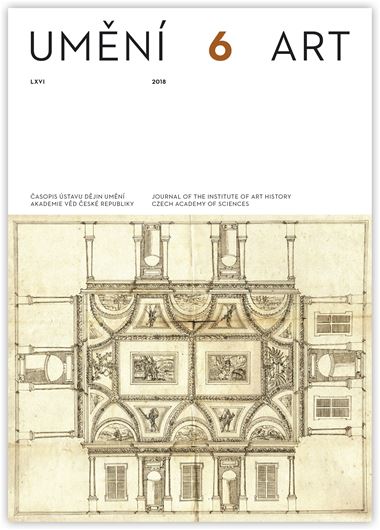Tomáš Murár
„Je-li umělecká forma vtělením duchovního vztahu ke světu...“ Max Dvořák a umění Pietra Bruegela staršího
This study deals with the interpretation of the late art-historical thoughts of Max Dvořák (1874–1921) on the basis of his text from 1921 on the art of Pieter Bruegel the Elder (1525–1569). After 1914 Dvořák developed a new method of research into art and its history, linking up with the theoretical considerations on art-historical development of his teachers at the University of Vienna, Franz Wickhoff (1853–1909) and especially Alois Riegl (1858–1905). In historiographical literature Dvořák’s late method of art-historical research is represented in particular by Dvořák’s lecture on the art of El Greco (1541–1614) or his unfinished project on the interpretation of the painting of Tintoretto (1518–1594). Dvořák’s late art-historical method is linked in this context mainly with pre-war expressionism and with his interest in the internal meaning of artistic creativity, as also handled by Dvořák in his text on the drawings of Oskar Kokoschka (1886–1980). As this study shows, a further dimension of Dvořák’s later thoughts on art history can, alongside his texts on El Greco, Tintoretto and Kokoschka, be traced in his interpretation of the art of Pieter Bruegel the Elder, which can place Dvořák’s thinking closer to the philosophy of Georg Simmel (1858–1918) from the same period or in the direction of the phenomenology of Edmund Husserl (1859–1938). Using the example of Dvořák’s interpretation of Bruegel’s painting, it is therefore possible to open up further questions about his history of art as an expression of the ‘spirit’, with the indication and also the overcoming of the ‘human’ aspect of artistic creation.
Full-text in the Digital Library of the Czech Academy of Sciences:
https://kramerius.lib.cas.cz/uuid/uuid:ef04e957-dcc1-47bd-aa44-4d244c5baeb5
< back

